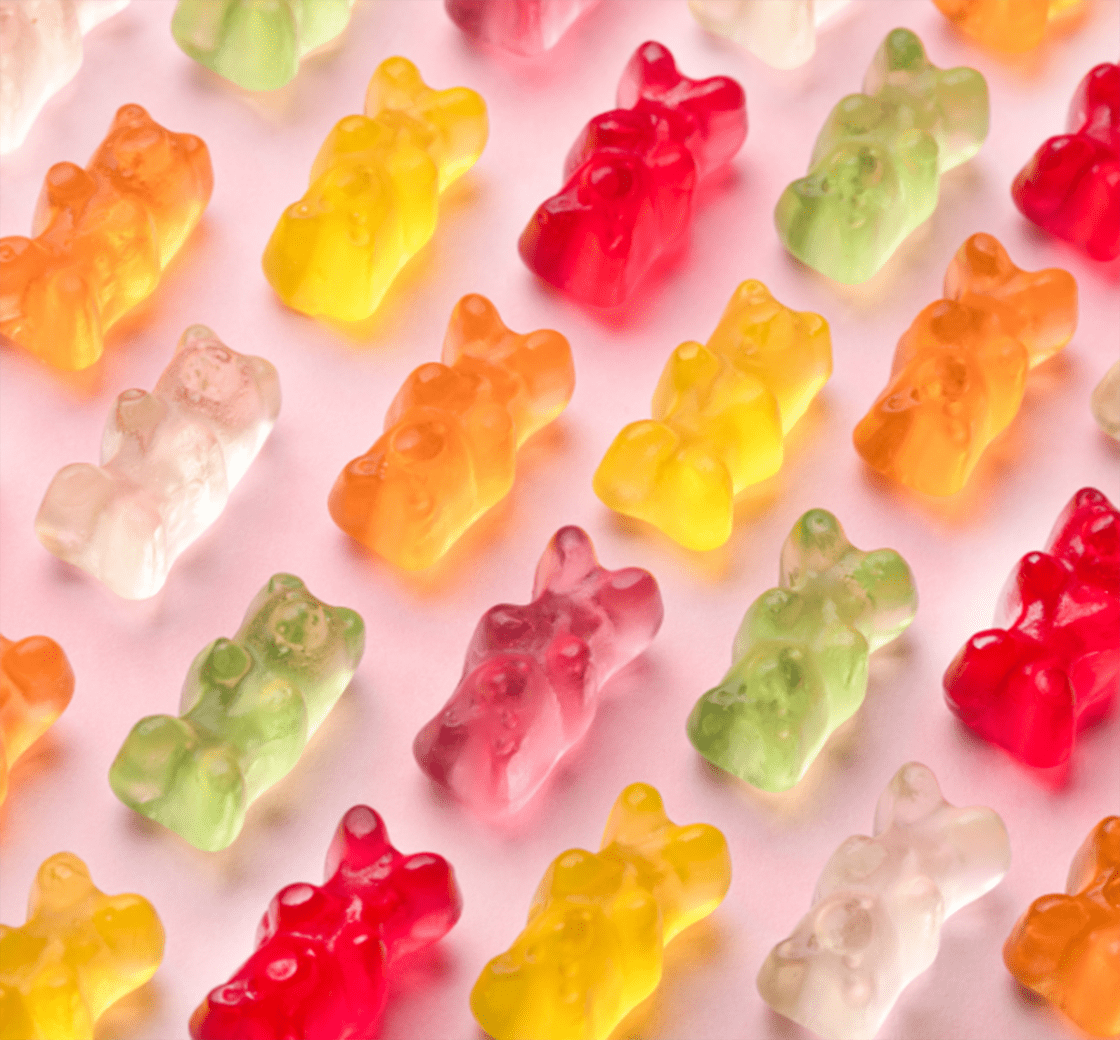
In this extended class, students will gain exposure to a range of common hydrocolloids --- gelatin, agar agar, pectin, gellan, alginate and methylcellulose --- and basic applications that can be employed in both savory and sweet components. General topics will include basic ratio formulation, hydration, and synergies of two or more thickening agents. Recipes will include: beet meringues; bone-marrow pearls; Parmesan noodles; edible wrappers; pear spheres; and parsnip crème brulée.

You will work in teams to execute the class menu. At the end of class, participants gather to enjoy the food they have prepared. Wine is served with meals in most classes. All class menus are subject to change. While a snack platter is offered in both morning and evening classes, you may want to consider a light snack before joining us for class. Students are encouraged to bring a light lunch or dinner to all pastry classes.

You will work in teams to execute the class menu. At the end of class, participants gather to enjoy the food they have prepared. Wine is served with meals in most classes. All class menus are subject to change. While a snack platter is offered in both morning and evening classes, you may want to consider a light snack before joining us for class. Students are encouraged to bring a light lunch or dinner to all pastry classes.
Join an ICE chef for this delightful class on all things pizza. Together, couples will learn to make a quick-rise pizza dough to be topped with a variety of culinary creations: sauce and cheese will meet veggies, mushrooms, cured and fresh-cooked meats --- even sweet options for dessert pizza. Then you’ll sit down to each fresh-from-the-oven pie with a choice selection of pizza-perfect wines that pair with your imaginative culinary creations.
Have you ever wondered how to make the buttery, flaky brioche loaves and croissants found at fancy bakeries? This class will show you how. During Day 1 of this two-day workshop, you’ll learn how to see the process through, from creating the dough to letting it rise to shaping your own luscious baked goods. On Day 2, you'll complete a menu of: brioche à tête (brioche in the classic fluted, top knotted shape); pain au raisins; classic croissants; almond croissants; chocolate croissants; and croissant monkey bread.
Discover the vibrant flavors of the Philippines in "Essentials of Filipino Cooking." This hands-on class teaches you to prepare iconic Filipino dishes cherished in homes across the archipelago. Master Chicken Adobo, with its savory-sour tang, and learn to make perfect Pancit noodles. You'll also prepare rich, vegetable-forward Pinakbet with Pork; creamy, coconut-infused Ginataang Kalabasa at Sitaw; and savory, citrusy Bistek Tagalog, all served with fluffy white rice. Gain essential skills and authentic ingredient insights – then bring the warmth and complexity of Filipino cuisine home to your kitchen.
While handling poultry can seem daunting, it really can be a clucking good time! In Knife Skills 2 you'll discover the fundamental techniques required to transform a whole chicken into popular cuts. We'll cover such topics as trussing and spatchcocking, ensuring you leave with the confidence to tackle any chicken preparation in your home kitchen. No matter how you feel when you enter the class, the class promises to enhance your knowledge of poultry preparation and take your skills to the next level. While not a requirement, it helps to have practiced the skills of Knife Skills 1 before taking this class.
Ranked as America’s Best Culinary School (USAToday 2019), our roster of Chef-Instructors have run top kitchens around the globe.
| (Separate multiple addresses with commas like: john@aol.com, jane@aol.com) | |